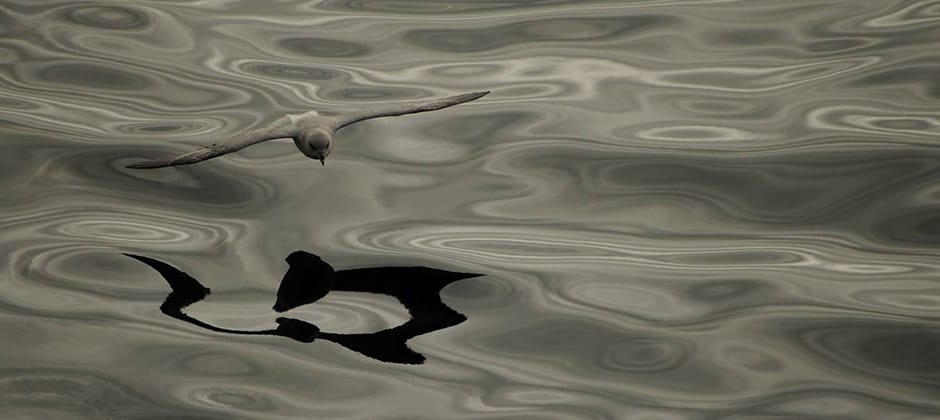Share this article
Why do Canadian Arctic seabirds carry so much mercury?
Seabirds in Canada and the Pacific Arctic show greater concentrations of mercury contamination than their Arctic European counterparts, according to a meta-review.
Although most of the Canadian seabirds had concentrations below the toxicity threshold, the source of contamination remains a mystery, said Jerome Fort, a researcher who studies Arctic seabirds at the National Center of Scientific Research in France. Fort is coordinator of a review published recently in Environmental Research that looked at the scientific literature on mercury in Arctic seabirds.
Mercury from various mid-latitude industries, mainly in Asia, could be reaching their summer grounds, Fort said, and it could be coming from Canadian sources, or the birds may be picking it up where they winter.
“It’s not that Arctic birds are facing a huge problem as it is now,” Fort said, but the situation needs continued research. Studies have shown that high mercury concentrations in birds can result in smaller eggs, and lighter hatchlings and may affect their gene expression and physiology of seabirds, Fort said. “Birds with higher mercury levels will skip reproduction more,” he said.
Mercury concentrations have been studied in a wide variety of northern species, including Arctic ivory gulls (Pagophila eburnea), polar bears (Ursus maritimus) and Carolina wrens (Thryothorus ludovicianus).

A dovekie Ukaleqarte in East Greenland.
©J. Fort
Mercury can be naturally released into the environment, but these concentrations are compounded by heavy industry, coal-burning and mining operations, which release it into the atmosphere, eventually reaching Arctic waters through wind and tidal currents.
Examining the scientific literature, they found that seabirds in the Pacific Arctic and Canada had higher concentrations of mercury than those in the European Arctic, but they’re not sure why. Tides and winds are known to carry higher mercury pollution to the Canadian Arctic from industrial sources, mainly in Asia and Russia, Fort said, while the European Arctic is mostly affected by lower levels of industrial pollution emitted in North America and Western Europe. Since mercury also persists in the environment for a long time after emitted, the material the birds have accumulated could be from legacy sources. Canadian industries and mining activities could also be a local source of mercury persistent in the environment, or there could be natural mercury emissions in Canada.
Since most studies looked at their summer breeding periods, the researchers found huge gaps in understanding where many seabirds spend their winters, and that could present other clues, he said. He and his colleagues want to analyze blood and feathers to determine mercury concentration in Arctic seabirds — a method that could help determine if the birds are bringing the mercury north from their wintering grounds.
The seabirds bio-accumulate the mercury in their bodies but don’t tend to shed it until they molt in the summer. Since the bioaccumulation usually takes several months, Fort said, it’s important to get a better understanding, about where the birds winter and whether there are high levels of mercury there.
Header Image: A northern fulmar (Fulmarus glacialis) glides over the Barents Sea north of Russia and Norway. These birds are among many Arctic seabirds found to have mercury in their systems. ©D. Grémillet








